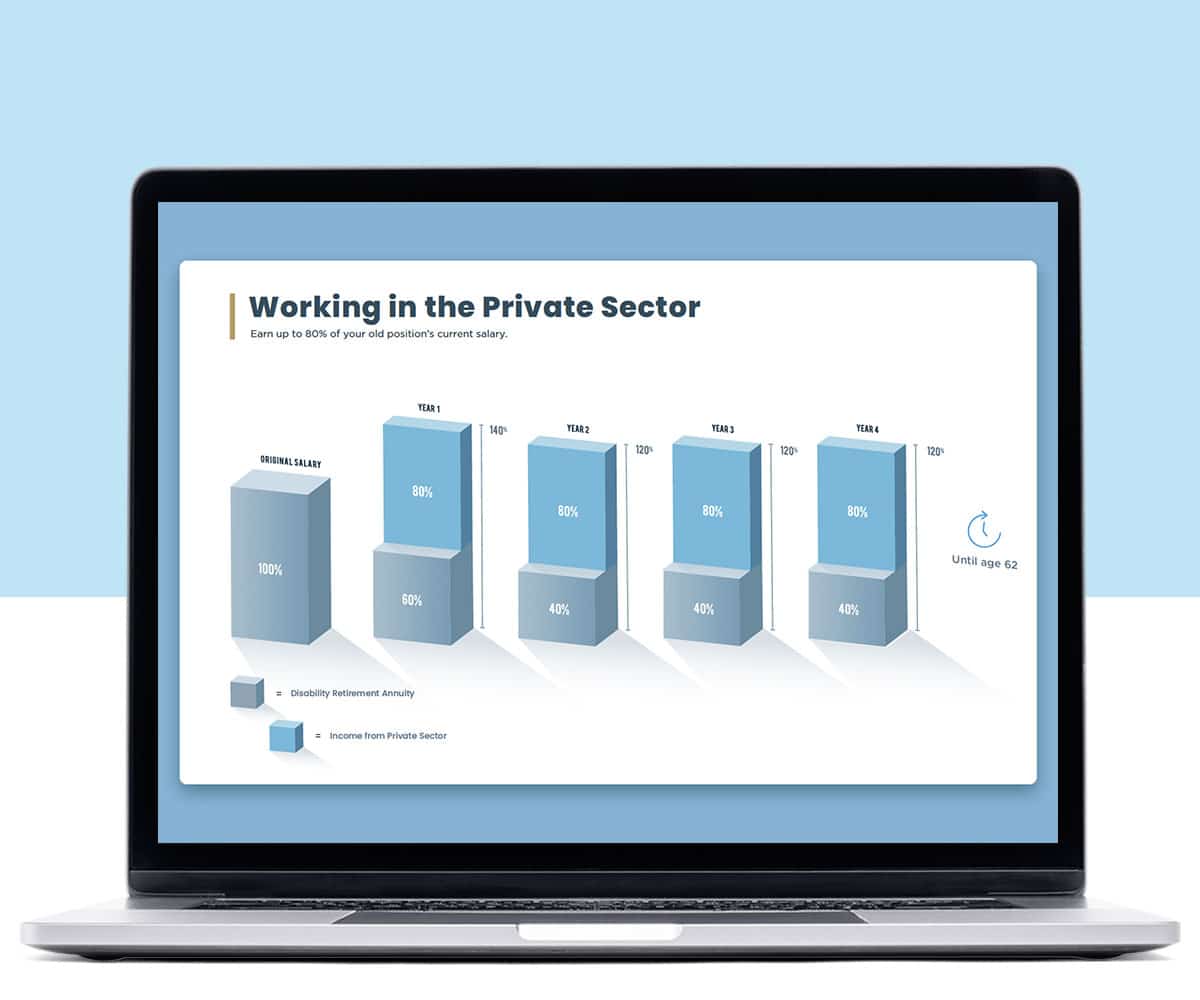
The federal hiring freeze ends today thanks to new guidance. Trump’s hiring freeze lasted 79 days, ending 11 days before the initial deadline.
Agencies can begin hiring again without restriction or approval from OPM. However, the Office of Management and Budget director Mick Mulvaney said agencies can’t begin onboarding employees “willy-nilly”. He also said a “smarter, more strategic” plan for hiring will replace the freeze.
Not every agency will see workforce cuts. Though this new guidance specifically asks agencies to develop plans to reduce employees both immediately and in the future. When President Trump signed the hiring freeze memorandum, he called OMB and OPM to issue a long-term plan to cut the federal workforce through attrition. It allowed for agencies to fill lots of vacancies through a series of exemptions to the freeze.
Agencies must deliver a preliminary “high-level” draft of their reform plans to OMB by June 30. Included in these drafts is a report on progress on near-term workforce reduction and a “plan to maximize employee performance”. Agencies will submit their final reform plans and long-term strategies for workforce cuts as part of their FY2019 budget proposals.
As for the June proposals, OMB directed agencies to identify where to make workforce cuts. Agencies must implement them immediately. Mulvaney wrote in his guidance that agencies should begin planning for these reductions now.
Mulvaney also encourages agencies to begin “eliminating unnecessary vacant positions” immediately, as well as review whether employees currently on administrative leave because of performance or misconduct should come back at work.
OMB laid out a series of guidelines for determining how to eliminate positions long-term.
- Use data-driven workforce planning—agencies should examine “various data sources” to determine “how many people are required to perform tasks” rather than simply going off previous years’ numbers.
- Determine total personnel cost—OMB said merely looking at staffing level “may not present the full picture”. They should consider consolidating higher-grade positions and downgrading management-level positions.
- Revise organizational design—Agencies should ensure they have the “fewest amount of management layers needed to provide for appropriate risk management, oversight, and accountability”.
- Streamline policy creation—OMB suggested agencies look at potential redundancies at the component or regional levels.
- Review positions as they become vacant—Agencies should verify that each job that opens “reflects current mission needs”.
- Ensure positions are still relevant—OMB said some jobs may have become obsolete because of technology, especially in “fields undergoing rapid transformation”.
OMB didn’t point out specific targets for cuts. “Some places have the ability to reduce size immediately and they may be called upon to do that to line up with the president’s priorities,” Mulvaney said. “There may be other places where they don’t have that flexibility and they’ll have to figure out a way over the course of time through ordinary attrition to get where they need to be.”
Before agencies submit long-term plans for cuts, they must first turn in proposals to maximize employee performance. Plans must include hiring and retention reform proposals and address removal of poor performers. Agencies should “provide transparency” for their performance improvement plan process.
This guidance also provides additional training for Senior Executive Service members and other supervisors on “managing employee performance and conduct”. Agencies must tell OMB how they’ll hold managers accountable for employee performance. Then, submit a plan to create “manager support boards” that will provide expertise to supervisors on employee and labor relations.
The guidance demands that agencies examine broader personnel reform issues. “One of the frustrations government workers have is we don’t reward those who do a really good job and we don’t punish those who do a really bad job,” Mulvaney said.


